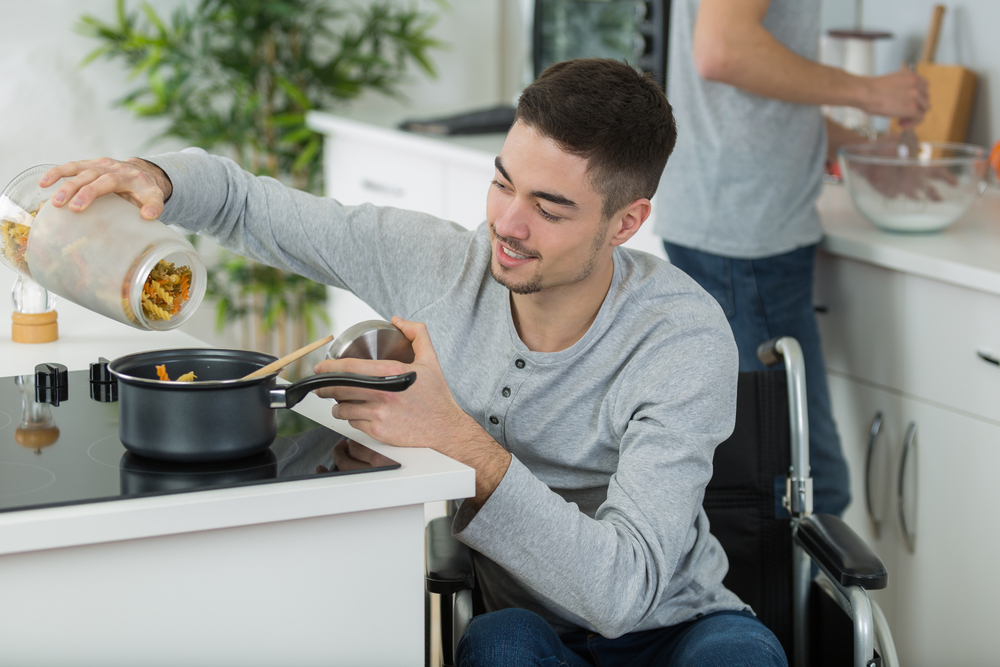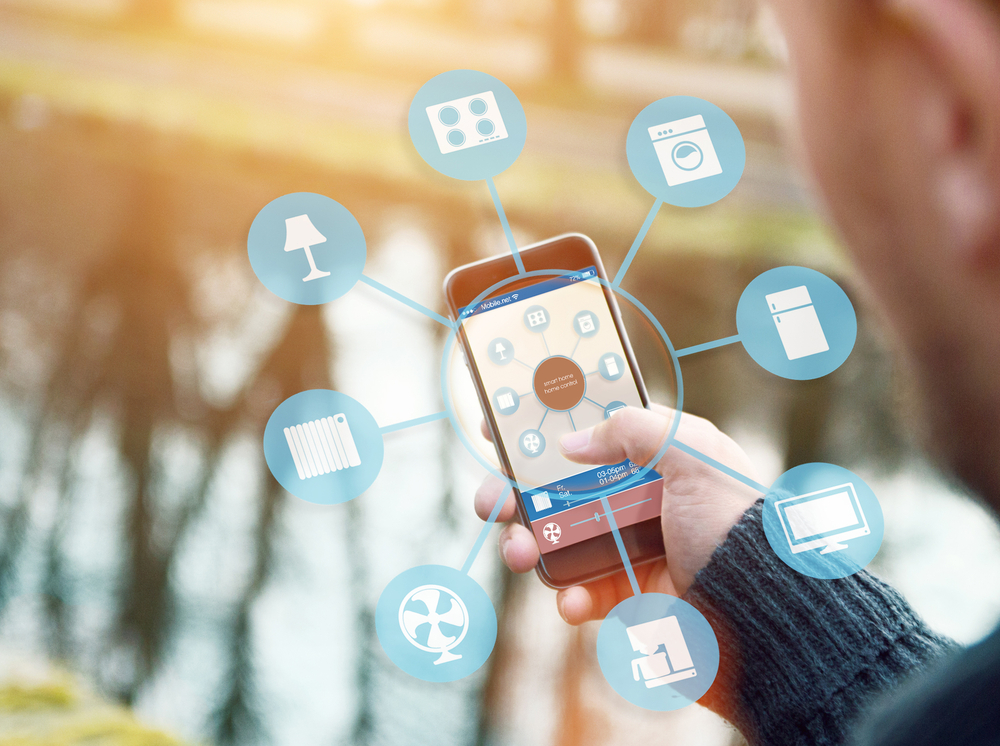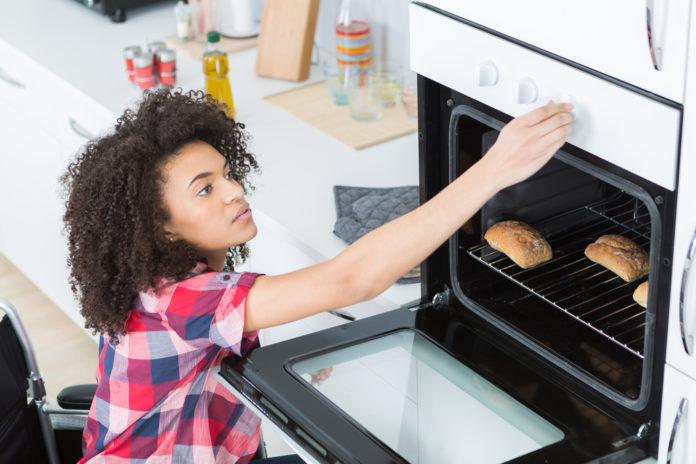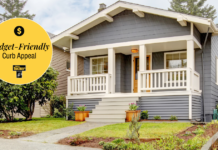Your home might work for you now, but what about in the future? As owners, we want our homes to be safe, accessible, functional, and provide peace of mind, no matter how old we might get or no matter the limitations on our minds and bodies.
From implementing Smart Home Technology to lowering the height of controls on appliances, implementing a universal design in a home might help us delay the dreaded move to a senior care facility, or avoid a rehabilitation center, and allow us to enjoy our “forever home” a little bit longer.
What Is Universal Design?
A universal design feature includes anything in the home that can be used by everyone, regardless of ability level or disability. For example:
- A counter or a desk may be raised or lowered for users of varying heights, or for an individual who uses a wheelchair.
- Raising and lowering electrical outlets and light switches make them easier to access from a seated position.
- Flooring that is user-friendly for wheelchairs, wider hallways and doorways, and enough room for a 5-foot turning radius where possible make navigation easier.
- A hallway should be free of objects at a certain height where they would not be detectable by someone with a visual impairment.
- Steps at entrances can be eliminated to allow for easier access to doors.
Here are some features that you’ll probably start noticing in more homes in the not-so-distant future. While some might be cost-prohibitive now, expect those costs to come down as this design becomes more mainstream.
Entrances
Having at least one entrance at ground level provides many benefits. With no steps, it’s easier to bring in groceries and packages. The entrance is safer in wet or icy conditions. Repairs and maintenance are much easier. Moving furniture and appliances in and out is safer.
A porch, stoop with a roof, an awning, or a long roof overhang provide protection from the weather, making it easier for unlocking the door or waiting for a ride.
Kitchens

Multiple countertop heights accommodate a diverse population. A 30-inch countertop with knee space underneath works well for someone who needs to remain seated for meal preparation. Knee space under the sink and cook surface makes dishwashing and stovetop use more trouble-free.
Ovens with side-hinged doors rather than bottom-hinged doors are more accessible to someone in a wheelchair as are waist-high cooktop controls. A microwave mounted into a lower cabinet or a kitchen island instead of above the stove is much more user-friendly.
A dishwasher that is raised 16 inches off the floor eliminates the need to bend down low and side-by-side refrigerators/freezers provide easier access from a seated position.
Bathrooms
Curbless showers with an “L” shaped folding seat, a waterproof floor, and a floor drain make shower time a little less complicated. Knee space under the bathroom sink makes it easier for wheelchair access. Other options for bathrooms include handheld shower nozzles and grab bars that are accessible to toilets and showers.
Laundry Rooms
Front-loading washers and dryers on pedestal drawers position put them in a better position for access whether standing or sitting. If space is allowed for a folding table, make it adjustable for use while standing or sitting.
Smart Home Technology

Smart Home Technology throughout the home is convenient for everyone but also contributes to the universal design concept. With advanced automation systems, the quality of life can be enhanced for someone with mobility limitations, cognitive impairment, or impaired upper extremity function.
The Amazon Echo or the Google Home can help control lights, temperature, door locks, fans, cameras, garage doors, and more via voice comments. Through a smartphone or another device, smart doorbell and doorbell cameras allow homeowners to see who is at their front door, answer the door, and talk with the person outside without moving from their seat.
Tell Alexa or Google to add an item to your shopping list and even shop for groceries from your living room that is then delivered straight to your door. Set reminders for birthdays, anniversaries, and tasks on your “to-do” list, or ask for a reminder that your favorite TV show is about to start.
If managing a physical key and lock system becomes a problem, keyless door locks can also be controlled from a smartphone. Codes can be given to family members, friends, or caregivers to access the home. These locks also light up at night, making them more noticeable for anyone with vision impairments.
Stove monitoring devices should be essential in every residence. These units will turn off a stove if left unattended for a certain amount of time. If there isn’t any movement near the stove for 5 minutes, the stove will automatically shut off. For anyone who has dementia, experienced traumatic brain injuries, or ADHD, this is a low-cost way to prevent fires and injuries.
In addition to the helpful everyday functions that Smart Home Technology can deliver, it can also be quite entertaining. Devices can read you a book, play music, show videos, play games, help you shop, and much more!
Conclusion
Maybe you’re thinking about incorporating some of these design elements. Maybe you already have. Maybe you’re not yet in your forever home. No matter what your current situation is, though, it won’t hurt to start thinking about these “improvements.” Because if, or when, you decide to sell your home, those added features just might boost your resale value.

For all of the latest information on our local real estate market in Southwestern Indiana, you can always trust the professionals at F.C. Tucker Emge. Our agents have superior training and resources at their disposal to better educate you about the road to homeownership. Even if you are 6-12 months (or more!) out from making a change, there is a lot to learn about the home buying and selling process, and our agents can help you learn what you need to know so that you can be confident in your decision and have a smooth experience when the time comes. Let’s Talk!




